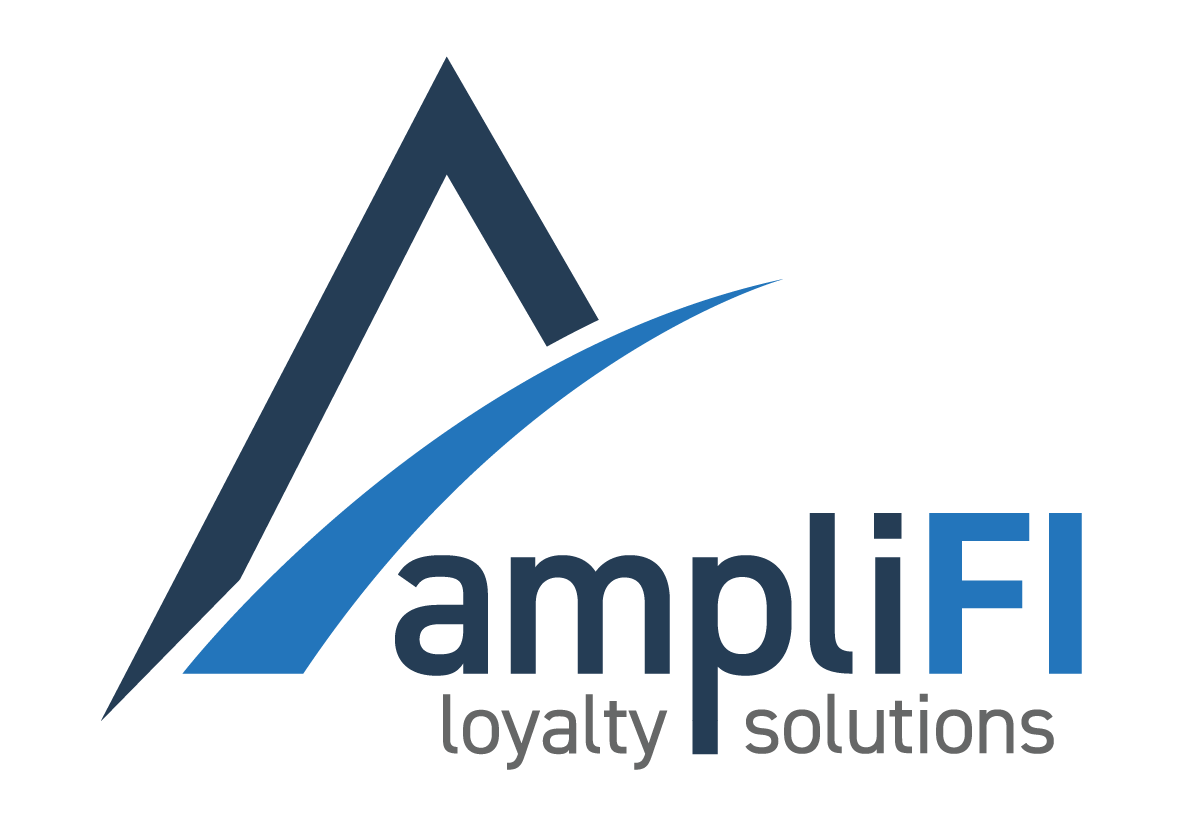Shifts in 2025 spending—toward essentials, earlier shopping, and greater debit use—are paving the way for a 2026 loyalty rewards strategy that keeps banks and credit unions aligned with cardholder momentum.
“In a cautious economy, cardholders are looking for relevant rewards that fit their everyday priorities,” says Heidi Mueller, EVP, Account Executives & Partnerships at ampliFI Loyalty Solutions. “When you adapt to cardholder behavior, you don’t just capture transactions. You build loyalty and long-term advocacy.”
The data is clear:
- Velera’s August 2025 Index11 reports that debit purchases rose 5.2% year-over-year in July 2025, compared to just 1.6% for credit.
- 67% of families started back-to-school shopping in July, earlier than the prior year1.
- Accenture’s 2025 Banking Consumer Study2 highlights how banks with the highest advocacy scores grew revenue 2.6x faster in North America than peers, emphasizing how alignment with everyday needs is essential to growth.
These signals from 2025 point directly to where financial institutions should focus in 2026 to keep their cards top-of-wallet.
Turning 2025 Spending Trajectories Into 2026 Loyalty Rewards Strategy
Essentials Take Center Stage
Households are protecting budgets by prioritizing food, fuel, and wholesale clubs while pulling back on discretionary categories like travel and entertainment. This “essentials-first” mindset shows no signs of slowing in 2026.
Action: Build loyalty rewards around everyday categories like groceries, wholesale clubs, and fuel—where cardholders will keep spending regardless of economic uncertainty.
Seasonal Shopping Spikes Are Starting Earlier
67% of families began back-to-school shopping in July 2025—up from 55% last year—driven by Amazon Prime Day and big-box sales. Expect this behavior to repeat in 2026 as households seek to lock in savings early.
Action: Align card promotions with seasonal shopping surges—Amazon, holiday spending, and back-to-school—to stay relevant during peak spend moments.
Debit Momentum Will Define 2026
Debit’s 6.2% growth vs. credit’s 1.6%1 shows that cardholders, especially younger generations, are choosing “spend what you have” payment habits. Debit isn’t just a secondary option—it’s becoming the preferred choice.
Action: Create debit-focused loyalty opportunities to meet younger consumers where they’re already spending, from wholesale clubs to digital-first channels.
Advocacy Is the 2026 Loyalty Growth Engine
Accenture2 shows advocates hold 17% more products and allocate up to 30% more wallet share to their primary bank. The story for 2026: loyalty and advocacy are directly tied to revenue growth.
Action: Reward early and ongoing engagement, like first-time reward site logins, digital adoption, or spend-and-earn challenges, to turn members into advocates who grow with your institution.
How Does Location and Timing Impact Loyalty Reward Strategies?
Data from Placer.ai3, a location intelligence and traffic analytics company, is clear: spending peaks don’t look the same everywhere. Black Friday dominates in the Midwest, while Super Saturday resonates more in the South and New England, each boosting traffic by more than 50% above daily averages.
Back-to-school promotions also play out differently—shopping starts earlier in the South but peaks in late August and September in the Northeast. And when it comes to dining, Mother’s Day and Father’s Day drive the biggest restaurant surges of the year, with families even traveling farther to celebrate Mom.
What this means for loyalty: Rewards work best when they flex with local behavior. Double points on groceries and wholesale can capture essential back-to-school spend. Dining rewards tied to Mother’s and Father’s Day celebrations align with seasonal peaks. And holiday shopping promotions during December help keep your card top-of-wallet when regional spend spikes look different by market.
2026 Loyalty Strategies That Match Cardholder Momentum
This year’s trends point to specific opportunities for financial institutions to stay competitive in 2026 through targeted promotions:
- Groceries & Wholesale Promotions: Double points on groceries and wholesale purchases keep your card top-of-wallet for everyday essentials.
- Fuel & EV Promotions: Bonus points on fuel ensure relevance when households hit the road during holidays and summer.
- Amazon Offers: Timely promotions tied to Amazon, back-to-school, and holiday shopping align with peak online spending.
- Dining Promotions: Dining offers capture spend when cardholders are most willing to indulge.
- Holiday Shopping Promotions: Without fail, the holiday shopping season sees a bump in overall transaction volume. A well-timed promotion can ensure your card stays top-of-wallet when it matters.
- Acquisition Campaigns: Incentives for new digital logins or early spend milestones encourage long-term advocacy.
By mapping loyalty rewards to the momentum revealed in 2025, financial institutions can position themselves to capture spend in the upcoming year.
Reflection: Is Your 2026 Loyalty Strategy Aligned With 2025 Momentum?
Ask yourself:
- Are our rewards targeting everyday essentials where cardholders will keep spending?
- Do we have promotions ready for seasonal surges like Amazon Prime Day and holiday shopping?
- Are we building debit-focused engagement strategies for younger consumers?
The story of 2025 spending is clear: cardholders are more intentional, more value-driven, and more debit-oriented. The financial institutions that use these lessons to shape 2026 loyalty strategies will be the ones that keep their card top-of-wallet.
Ready to activate growth in 2026? Let’s talk.
Sources:
1Velera Payments Index, August 2025.
22025 Banking Consumer Study, Accenture.
3Targeted Promotions in 2025: A regional perspective. Placer.ai


